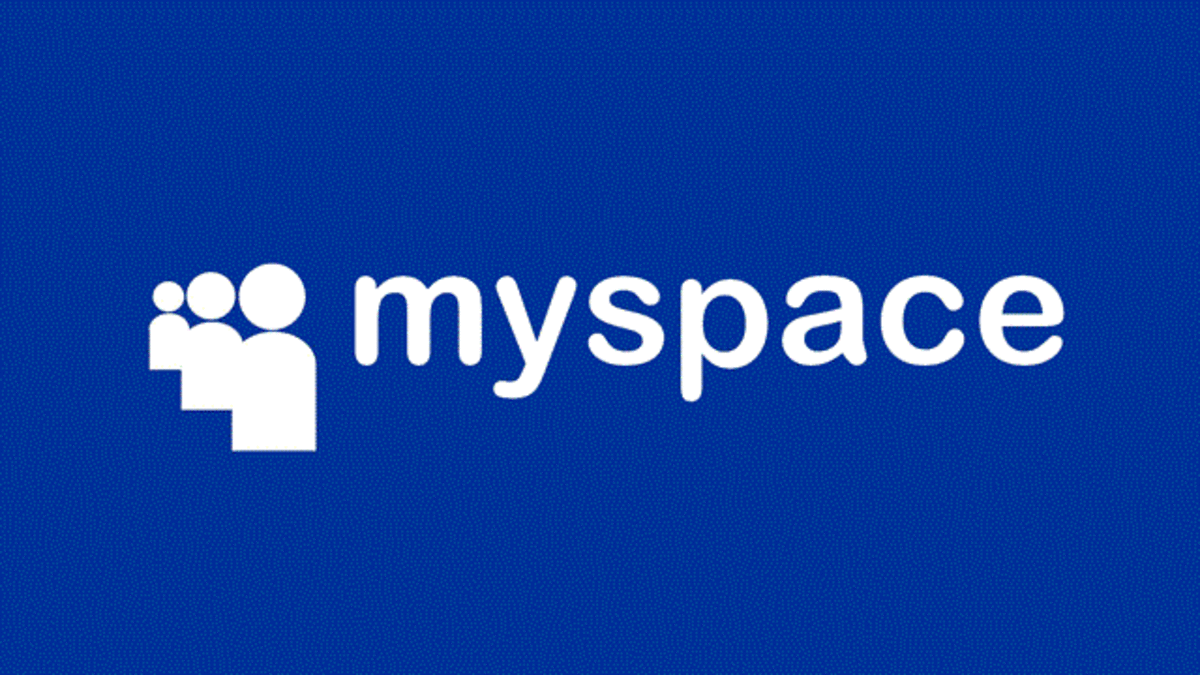Many know about the fall of MySpace but how many are aware of its rise?
This is an interesting story. One of the fascinating facts is Zuckerberg offered Facebook to it for $75 million. He was turned down. In hindsight, well as they say, the rest is history.
However, there is another lesson here, one that is applicable in the Web3 world. It is also telling of how flexibility is essential. When it comes to technology, plans are good for about 3 minutes.
Let us take a look at what was going on with what would become the largest social media site, before being crushed by a host of competitors.
Early Plans
Did you know MySpace started with the idea of offering storage. In other words, it was one of the first ventures into what would become cloud. Talk about being ahead of the curve.
There was one problem: they were doing this during the dotcom bubble. Once that burst, money dried up.
The company plotted along until they saw the opportunity with Friendster. This was something that they saw as a market to access. Friendster was slow and static. MySpace started Web 2.0 by allowing users to alter their pages. This was the start of user generated content.
Again, we see history in the making. Influencers were mostly from the music genre, something that is still present to this day.
The lack of moderation caused many issues, especially with advertisers. This was coupled with a worm that spread rapidly. It was harmless but it showed how there was issues with security in addition to moderation.
After it was acquired by News Corp, it was the proverbial "welcome to the corporate world". This is something that killed many tech innovations. The money Murdoch brought to the table did not offset the new culture which included advertising revenues. These were pushed in force, turning off users.
This is another lesson in how user interests on Web 2.0 are in direct odds with the platform.
Valuable Lesson
While MySpace went on to a slothful existence Facebook took off. We then had Twitter and YouTube joining the social media game and dominating.
So what is the major lesson of MySpace?
Many would say that it is the early adopters often lose the lead. While this is true, it is rather well known.
The reality is that, for a while, MySpace was the top dog in social media. It had an enormous opportunity to buy out Zuckerberg, something that could have changed the course of history. To be fair, $75 million for Facebook at that point, which was really a start up was a huge risk. It is easy to look back in hindsight yet it was hard to agree to the deal at the time.
As a tangent, Zuckerberg obviously learned this particular lesson. When offer the 16 month old Instagram for $1 billion, he didn't flinch. Perhaps that is why he is one of the social media giants.
Getting back to MySpace, I find the lesson that it started as a cloud company in the late 1990s something to note. The course changed by 2004. However, we see a couple things.
To start, technology often takes us in directions we never expect. Development is something that can be difficult and consumers are finicky when it comes to new things. Some will take off, many will flop.
Then we have the fact that MySpace started to gain traction almost 4 years after the Dotcom bubble burst. In the instant gratification world, it is hard for people to look past their nose, let alone 4 years down the road.
That said, many success stories do not happen in an instant. It is easy to point to the massive fortunes that were made quickly. However, that can be countered by Apple and Amazon, two companies that simply grinded for a couple decades before reaching the breakthroughs that sent them on a massive ascent.
MySpace started in one direction, reached the pinnacle in another, and then fell from grace. It is a story that should be of interest to all who are involved in Web3.
Do not expect instant success with any of this. While it could happen, it will be the rarity.
